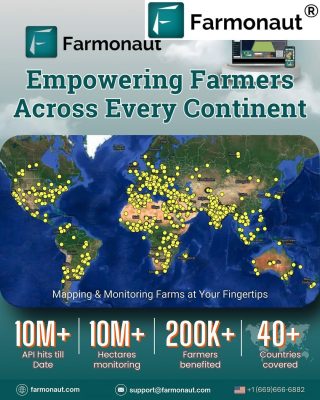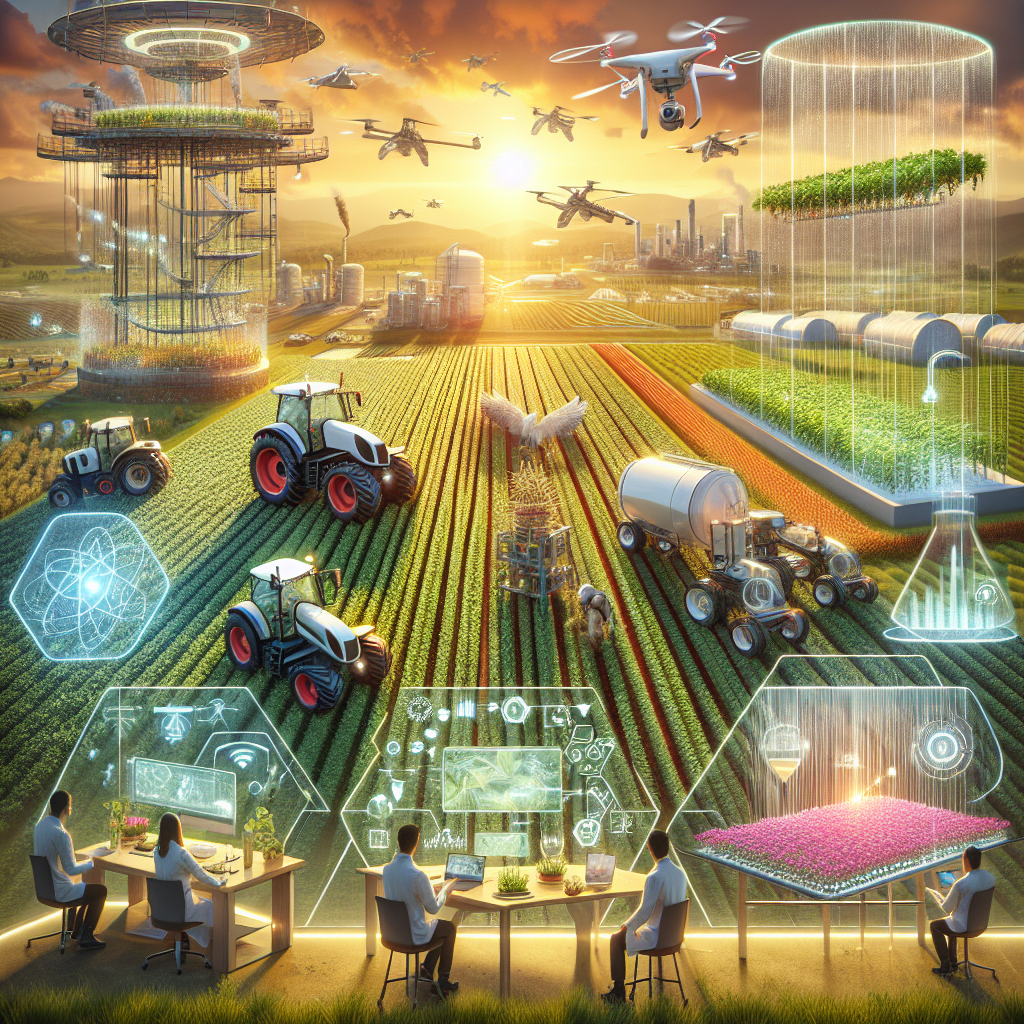
The Future of Farming: Embracing Technological Transformation in Agriculture
As the global population continues to expand, the pressure on agricultural systems to deliver efficient, sustainable, and high-quality food is intensifying. Climate change, soil degradation, and water scarcity present significant challenges for global food production. In response, modern agriculture is undergoing a digital revolution powered by AI, precision technologies, robotics, and smart infrastructure.
2025 promises to be a transformative year for farming as cutting-edge agtech solutions provide farmers globally—from Portugal’s vineyards to Australia’s arid croplands—with the tools they need to enhance productivity while staying eco-conscious.
7 Key Technology Trends Reshaping Agriculture in 2025
1. AI-Driven Decision Making
Artificial intelligence is no longer a futuristic concept—it’s at the heart of today’s agricultural advancements. AI-powered platforms analyze real-time data from satellites, drones, and sensors to deliver pragmatic insights for farmers.
- Predictive analytics help forecast crop yields, disease outbreaks, and optimize planting schedules.
- Machine learning algorithms adapt with continuous data flows, improving over time for smarter decisions.
Farmers leveraging AI can anticipate problems before they arise, increasing productivity while reducing waste and environmental impact.
2. Precision Farming for Sustainable Land Use
Precision farming refers to using technology to measure and respond to variability in crops. By targeting treatment only where and when it’s needed, farmers reduce costs and environmental impact.
Key components include:
- GPS-guided machinery for precision planting and harvesting.
- Soil sensors that offer real-time feedback on nutrient levels and irrigation needs.
- NDVI satellite imagery to track crop health and stress levels remotely.
This approach ensures optimal use of inputs such as water, fertilizers, and pesticides, supporting regenerative agriculture practices.
3. Agri-Robotics Automating Manual Processes
Labor shortages and increasing operational costs are encouraging farms to invest in robotic solutions. Agri-robots are now employed to perform tasks such as:
- Automated weeding and seeding
- Robotic harvesting systems for delicate crops like strawberries and tomatoes
- Drones that conduct aerial surveillance and pesticide spraying with pinpoint accuracy
Not only do these robots improve labor efficiency, but they also enable 24/7 operations with consistent precision—especially crucial during peak seasons.
4. Smart Water Management Systems
In 2025, smart irrigation systems are becoming indispensable, especially in regions vulnerable to drought. These systems use AI and IoT sensors to:
- Monitor soil moisture and weather forecasts in real time
- Optimize irrigation schedules to minimize water wastage
- Reduce energy use associated with water pumping
Platforms like Farmonaut integrate satellite data to provide irrigation recommendations, empowering farmers to achieve water efficiency without compromising crop health.
5. Blockchain for Transparent Food Supply Chains
As consumers demand more visibility into where their food comes from, blockchain technology is emerging as a solution for traceability and trust. It enables:
- End-to-end tracking of food from farm to fork
- Authentication of organic or sustainably-farmed claims
- Supply chain optimization by removing intermediaries
Blockchain ensures that pricing, production, and distribution remain fair, traceable, and secure, benefiting both producers and consumers.
6. Climate-Smart Farming Through Remote Sensing
Climate-smart agriculture integrates climate information with farming decisions. Satellite-based remote sensing is a breakthrough for regions where on-ground monitoring is limited. It facilitates:
- Drought prediction models that inform agricultural planning
- Carbon footprint analysis to support sustainability certifications
- Yield forecasting for better market planning
Companies like Farmonaut are leading in providing affordable satellite-based solutions, giving farmers in even remote locations access to advanced insights.
7. Biotech and CRISPR Advancements in Crop Engineering
Biotechnology is quickly evolving to help agronomists develop crops that are more resilient to extreme weather, pests, and soil challenges. The emergence of CRISPR gene-editing tools allows:
- Faster breeding cycles for climate-adapted crops
- Reduction in chemical input dependency by naturally strengthening plant immunity
- Enhanced nutritional profiles tailored for emerging health markets
2025 is expected to see widespread approval for new biotech varieties that are both eco-friendly and market-ready.
Global Case Study: AgTech Empowering Farmers from Portugal to Australia
Across continents, Farmonaut’s innovations are helping farmers improve operations with remote sensing, satellite imagery, and data intelligence—all accessible through a user-friendly mobile platform.
- In Portugal, wine grape producers use satellite-derived NDVI data to plan precision irrigation and harvesting schedules.
- In Australia, large-scale cotton farms use thermal imagery to locate irrigation inefficiencies, saving water and energy.
These success stories highlight the universal applicability of smart technologies in agriculture—regardless of geography or farm size.
Conclusion: The Path Toward a Resilient Farming Future
As we progress through 2025, the intersection of agriculture and technology promises more than just higher yields—it paves the way for a smarter and more sustainable food system. Whether it’s adjusting irrigation in real time or predicting market supply through AI, innovation is no longer a luxury—it’s a necessity.
By adopting these seven key technology trends and solutions, farmers can regain control, reduce environmental strain, and secure food for future generations. Agriculture, empowered by innovation, is poised to not only feed but also heal the planet.
For more on how Farmonaut is revolutionizing agtech and bringing next-gen tools to farmers globally, visit Farmonaut’s official blog.



Leave a Reply